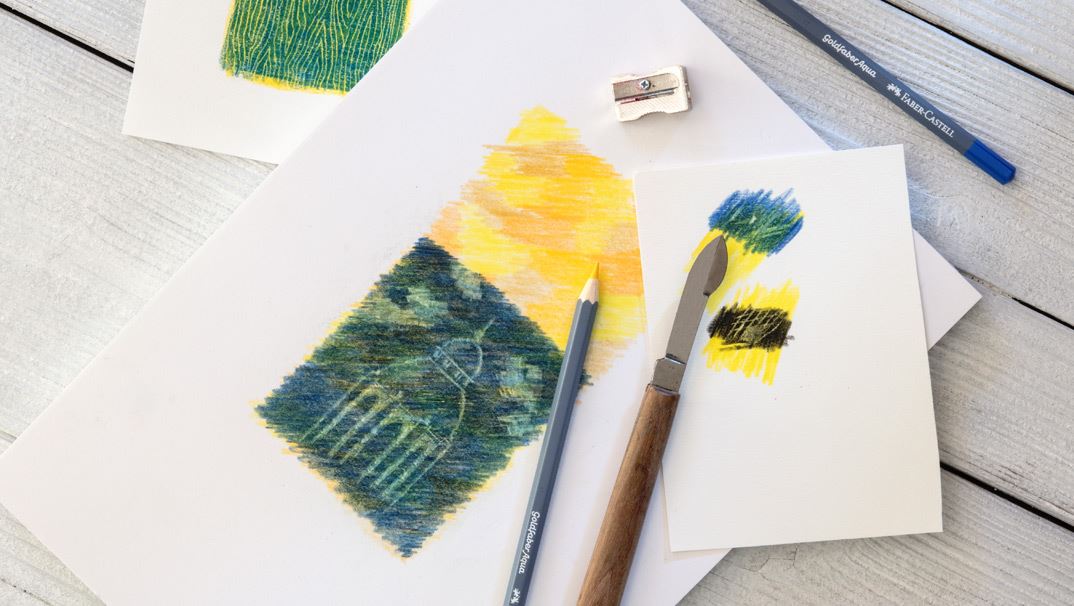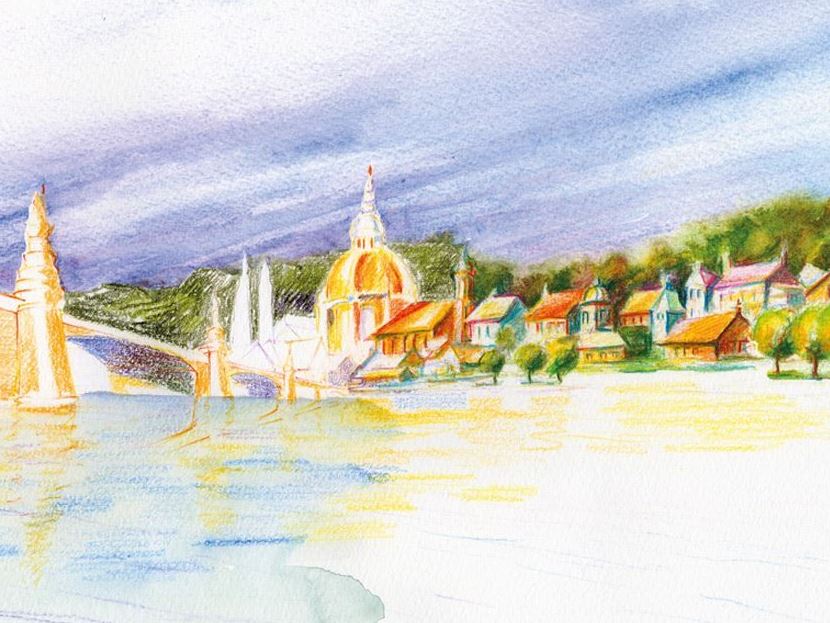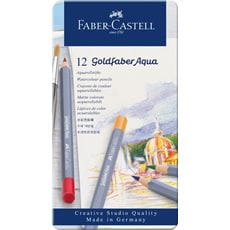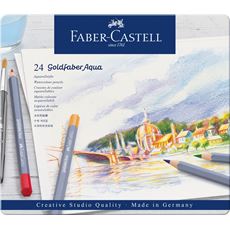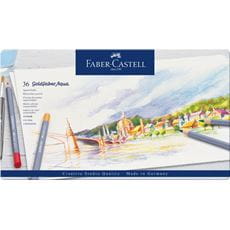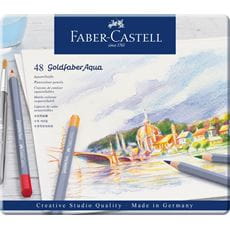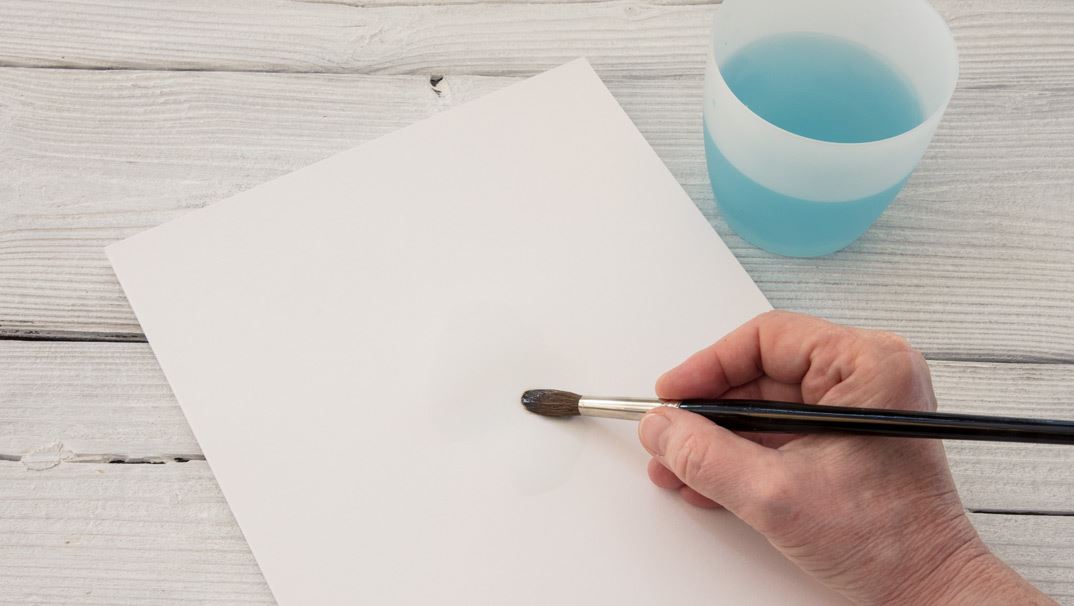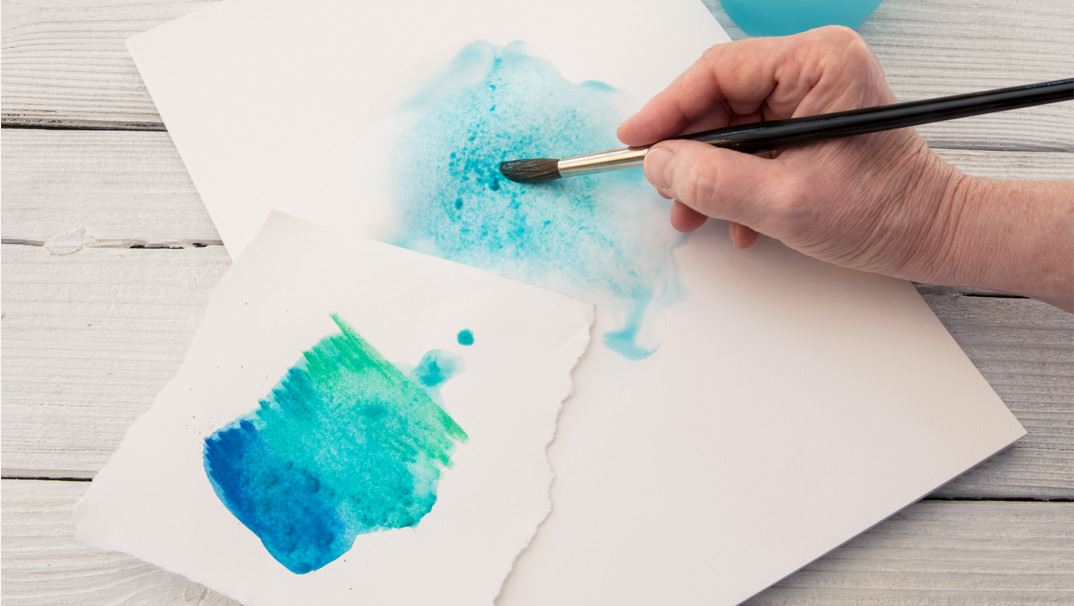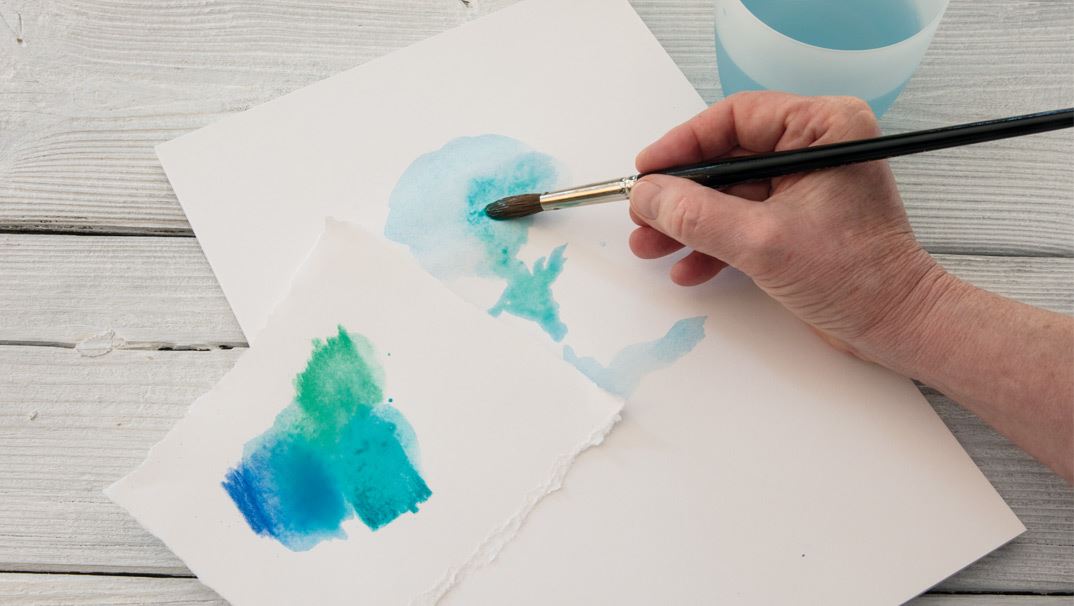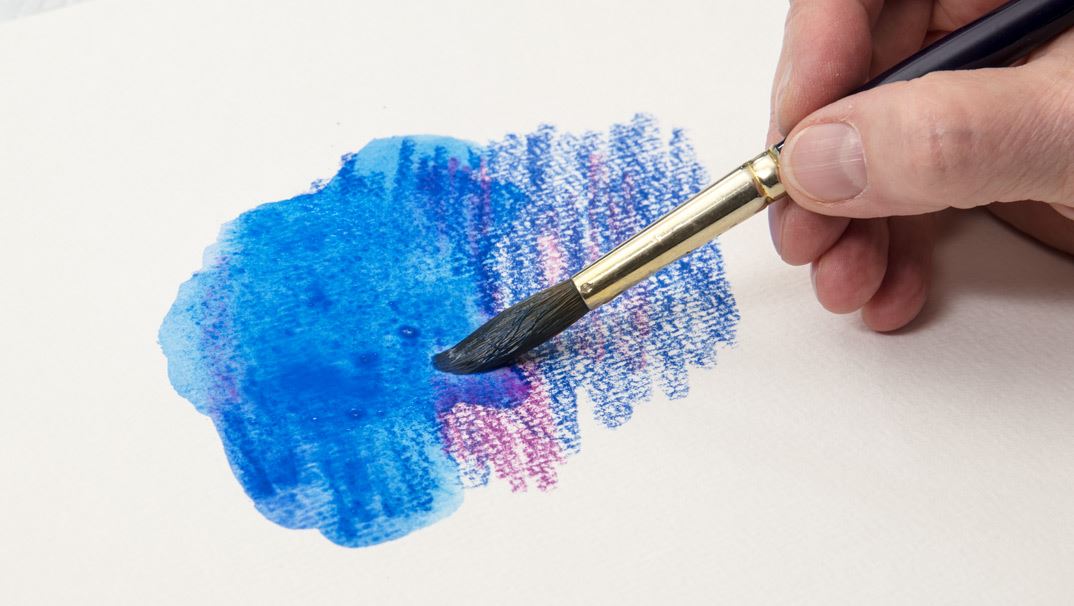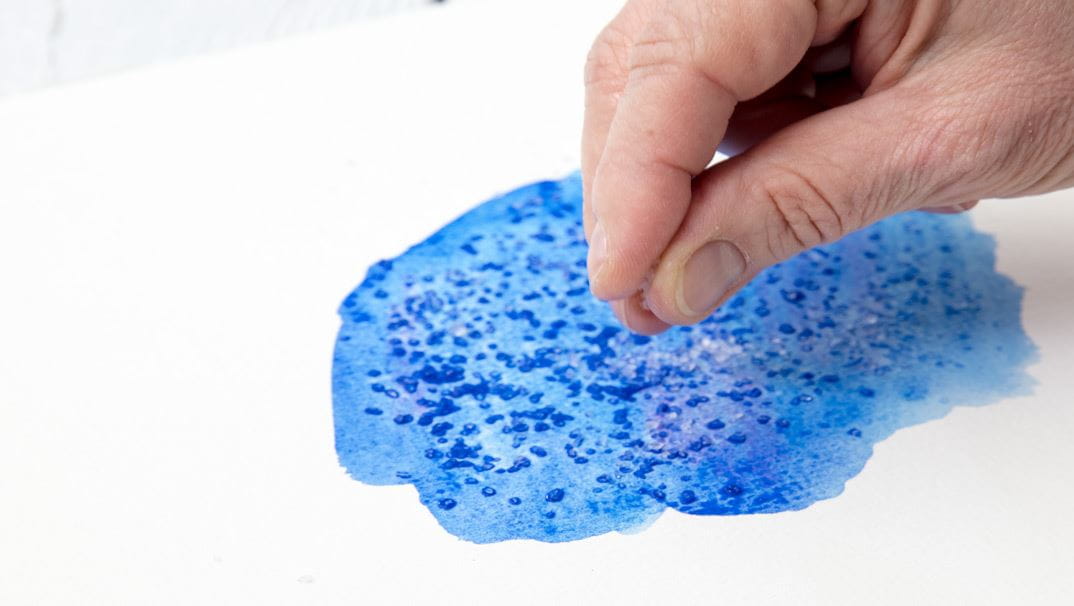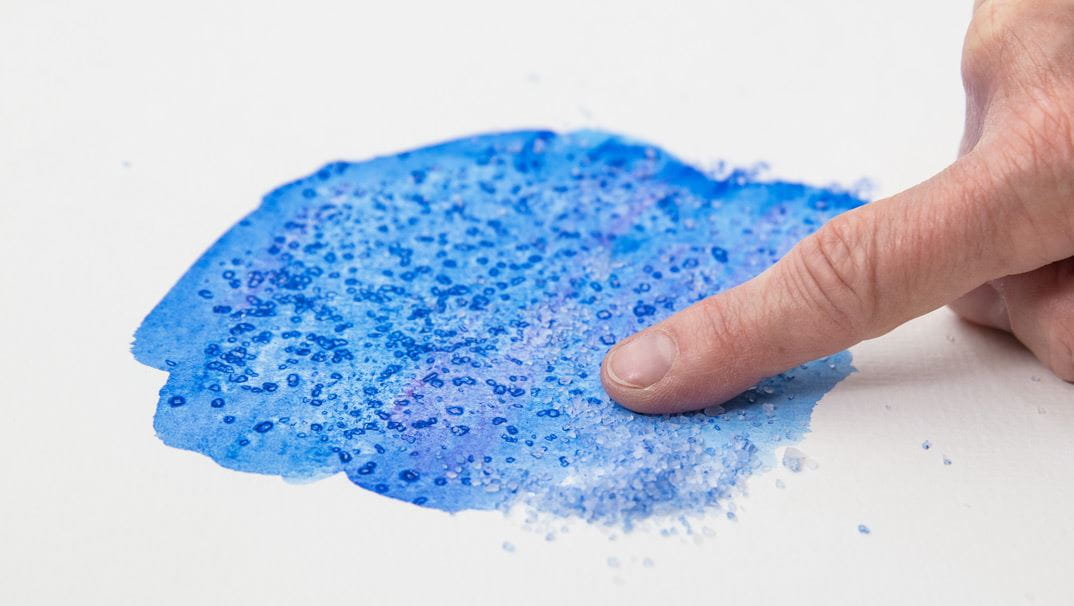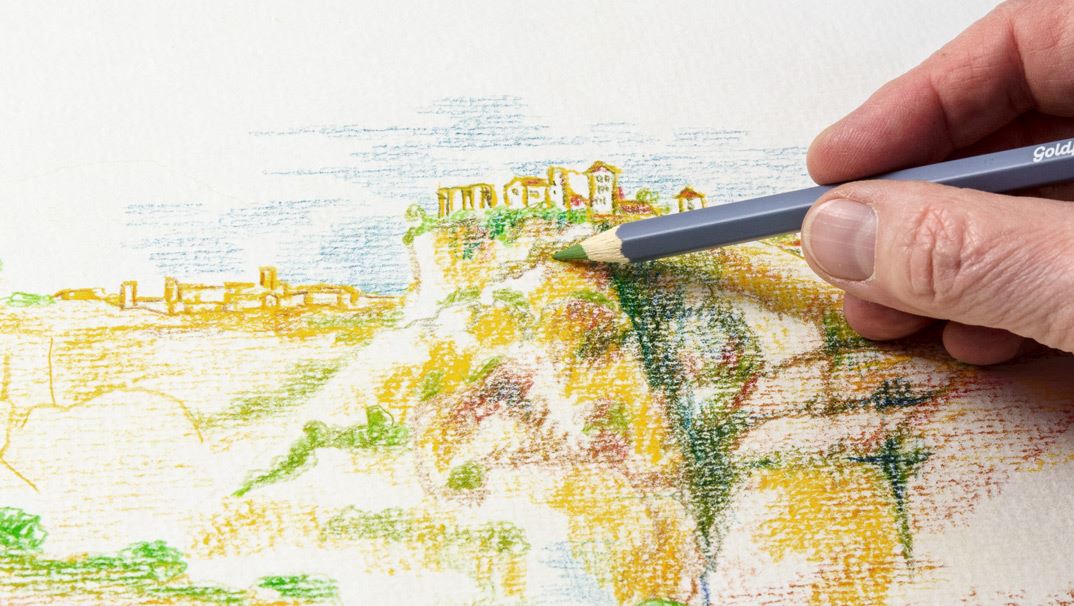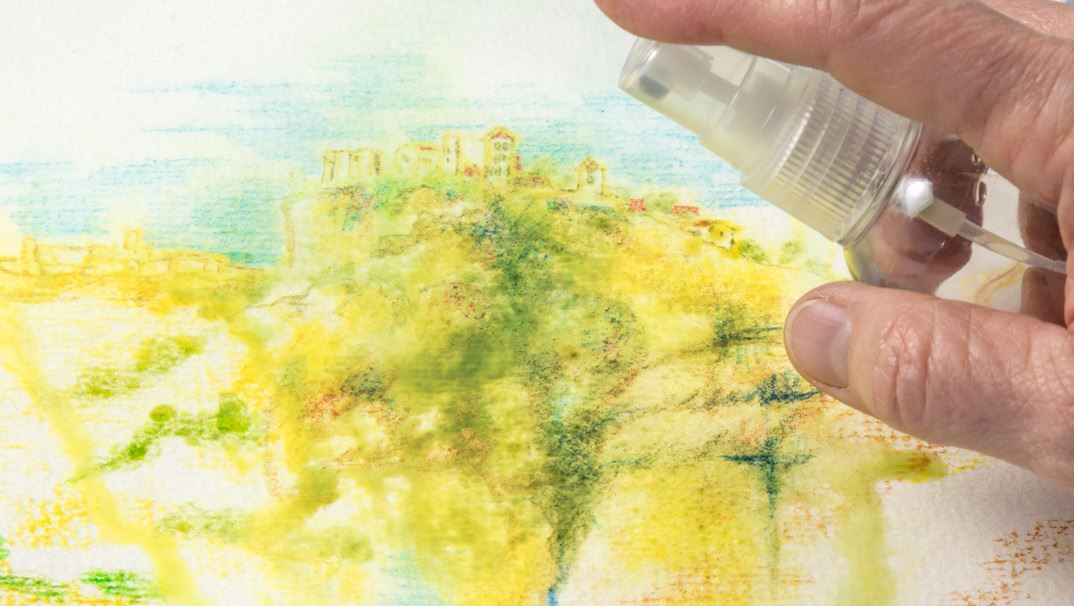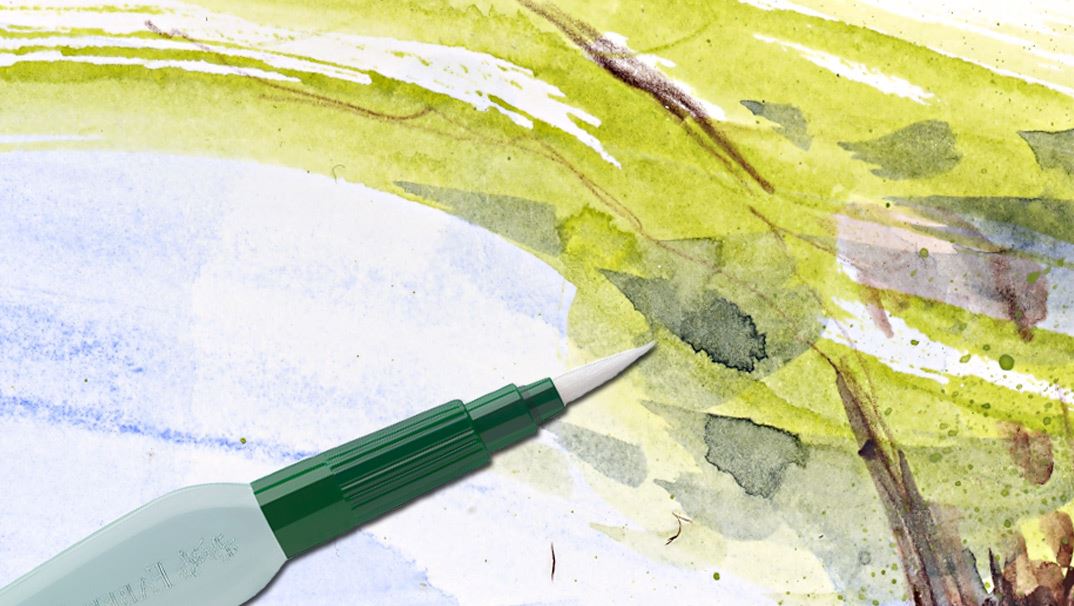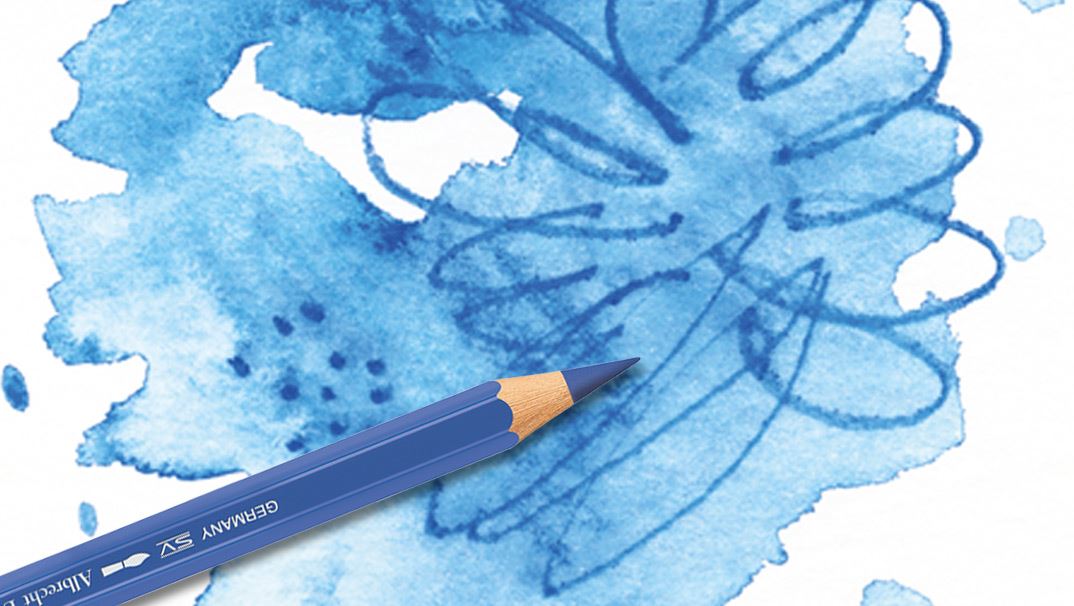- Everybody
- 30 min
What you need:
Colour pencils Goldfaber Aqua
Glazing
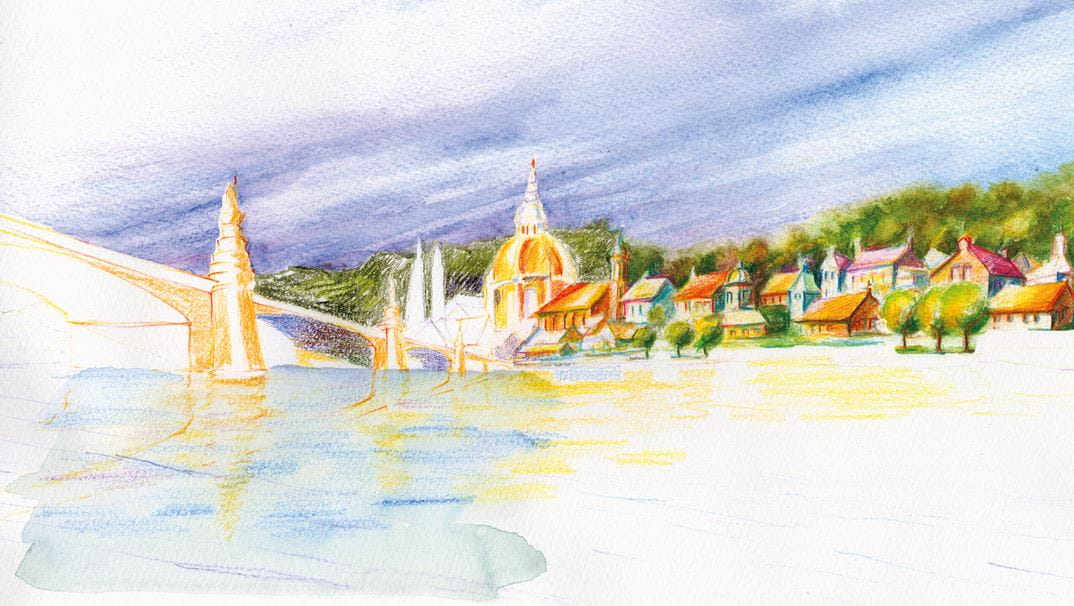
Step 1
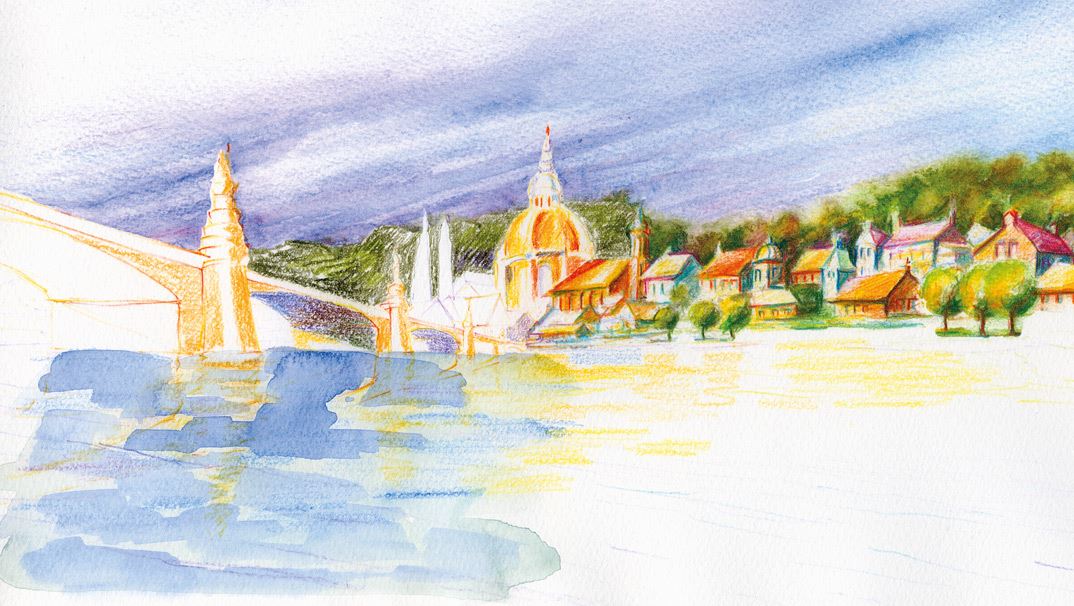
Step 2
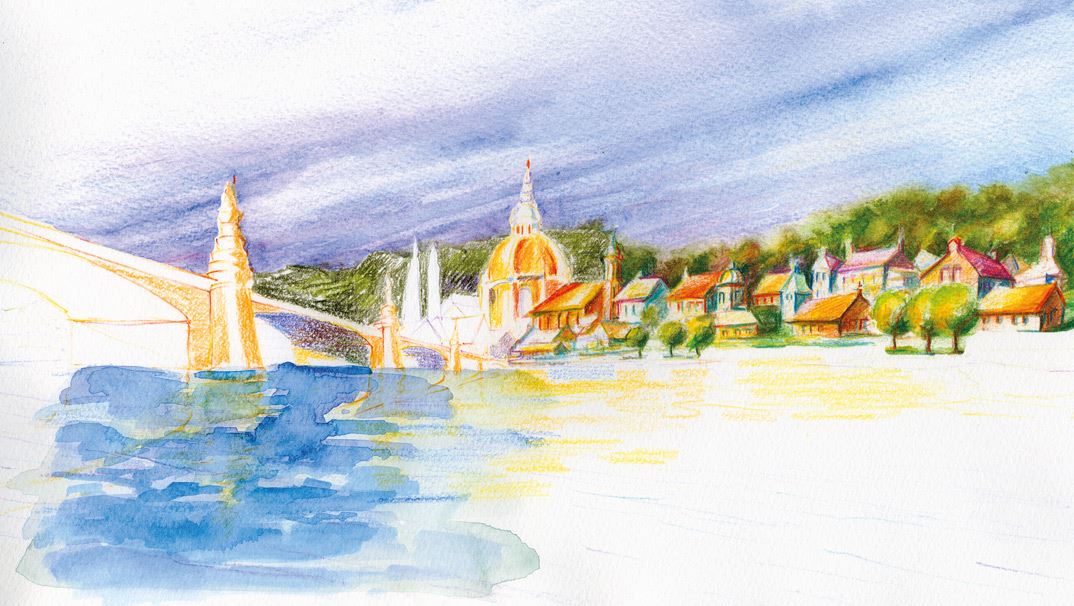
Step 3
Masking
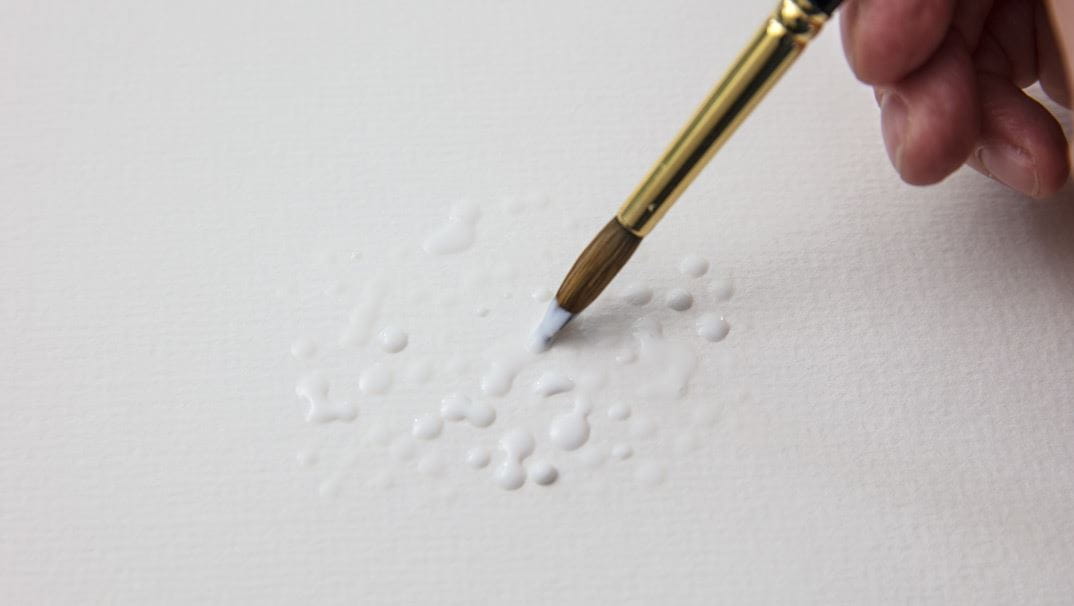
Step 1
The masking fluid is applied as a liquid and forms a rubbery film when dry.
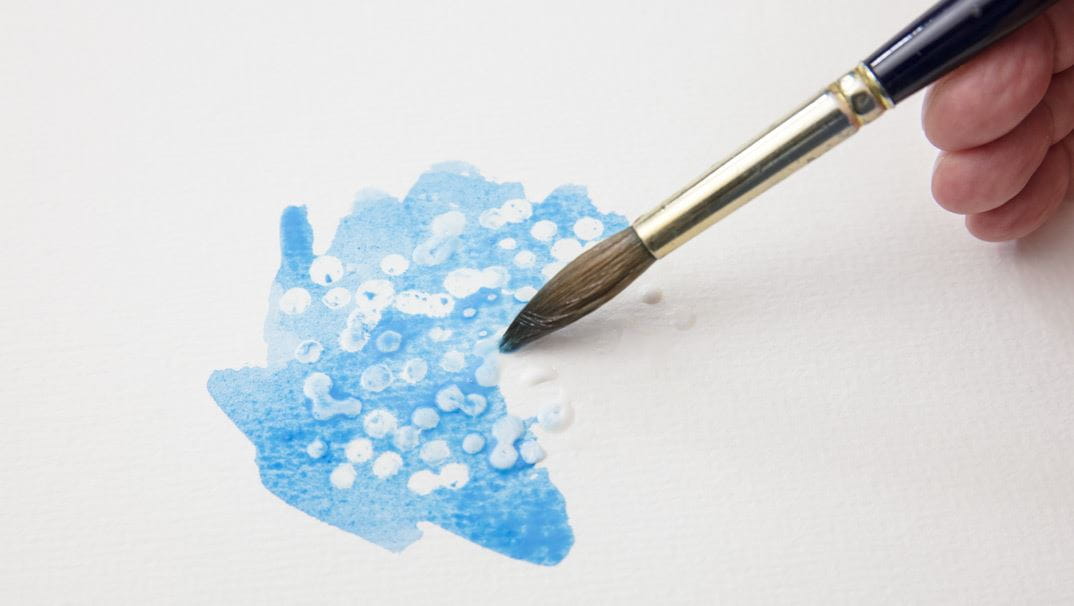
Step 2
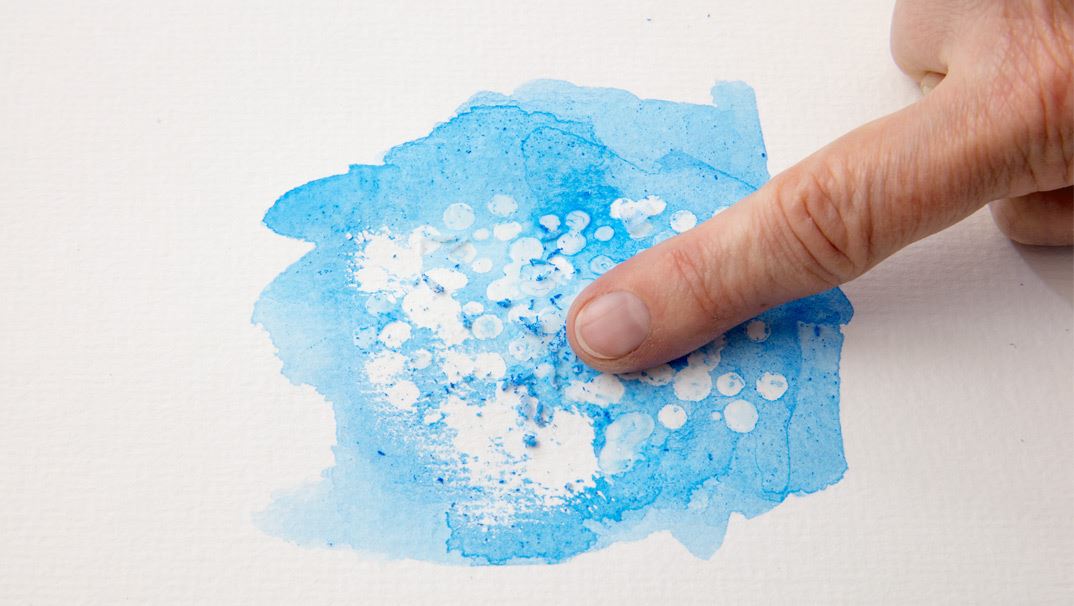
Step 3
Wash technique and wet-on-wet technique
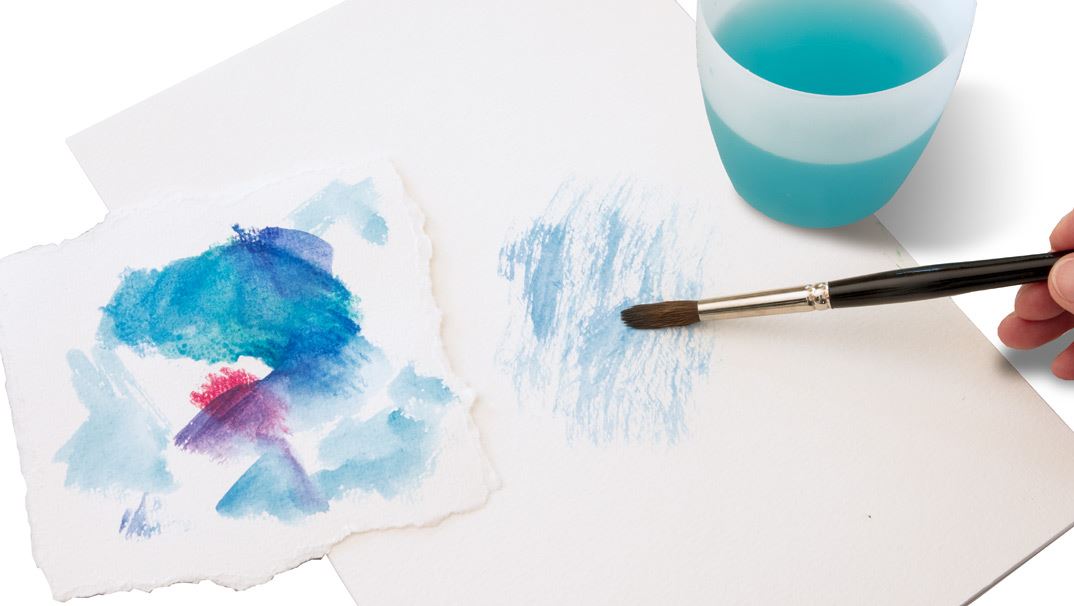
Granulation
pigments are applied only to the top layer of the paper grain. This produces random white regions that create a wonderful contrast to the colour.
Really useful: The water brush
You like traveling, and paint while you are on the go? Then the water brush from Faber-Castell is the ideal companion for you. Its cap has a special shape enabling you to achieve amazing effects.
Good to know: With varying the pressure on the water tank you control the amount of water you need for watercolouring.
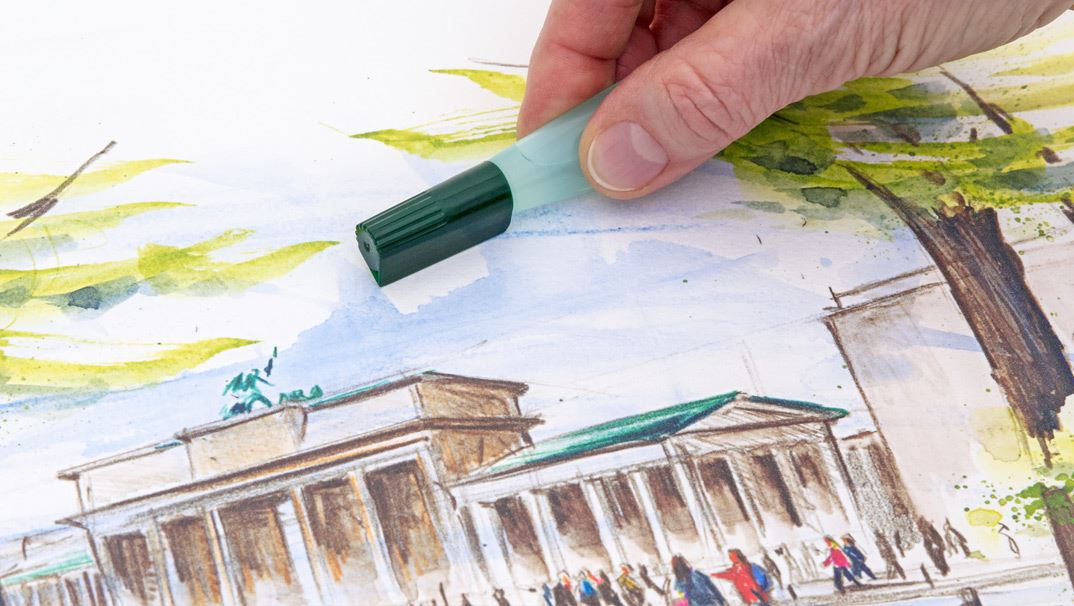
Scraping technique

Scratching technique
Really creative
You will have a lot of fun with these simple techniques!
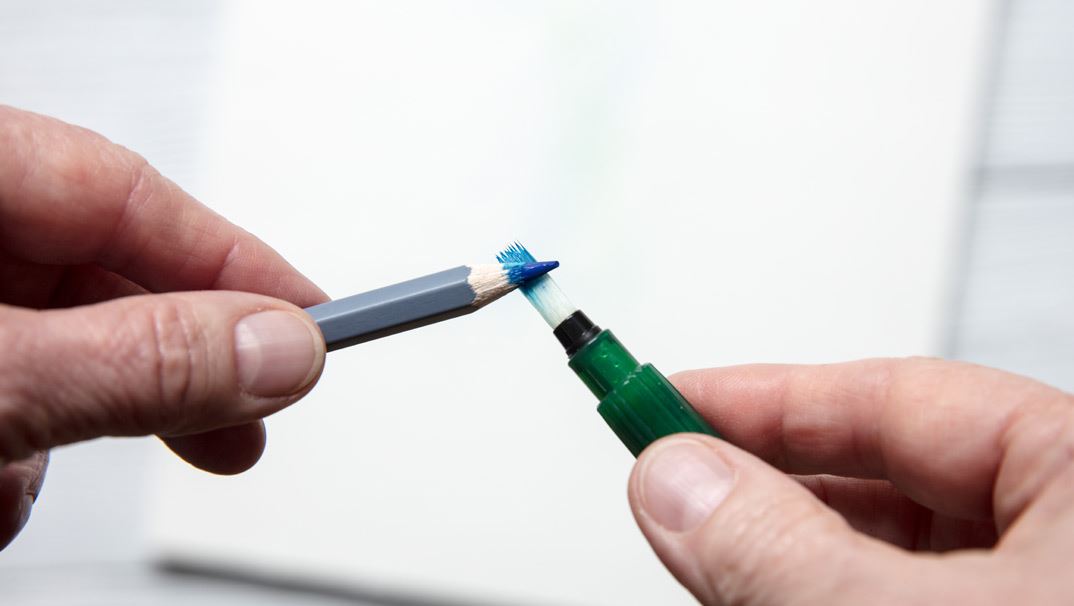
Colour spritzing
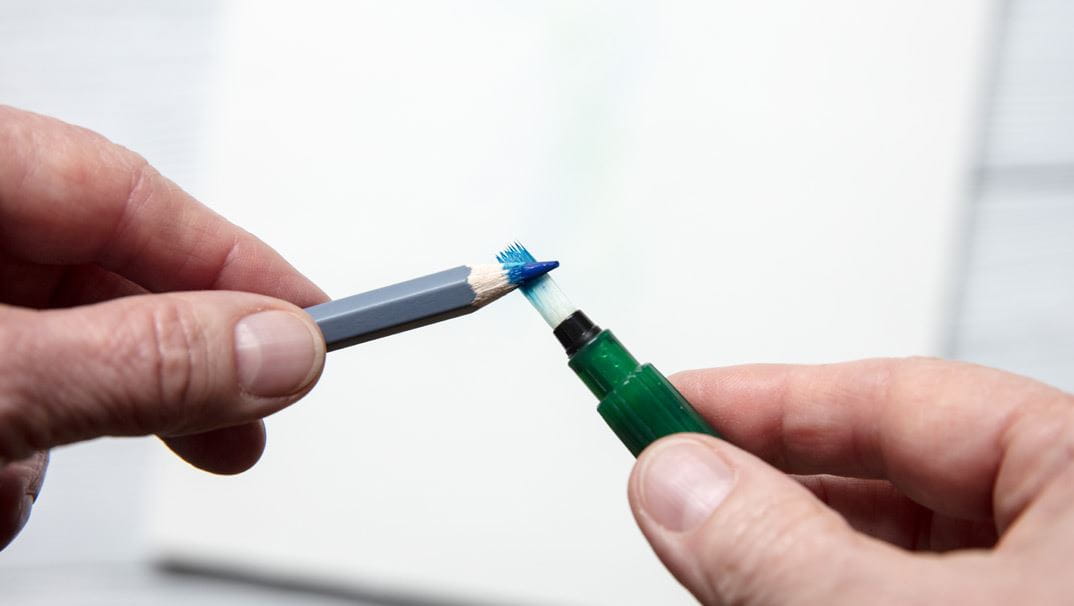
Different distances
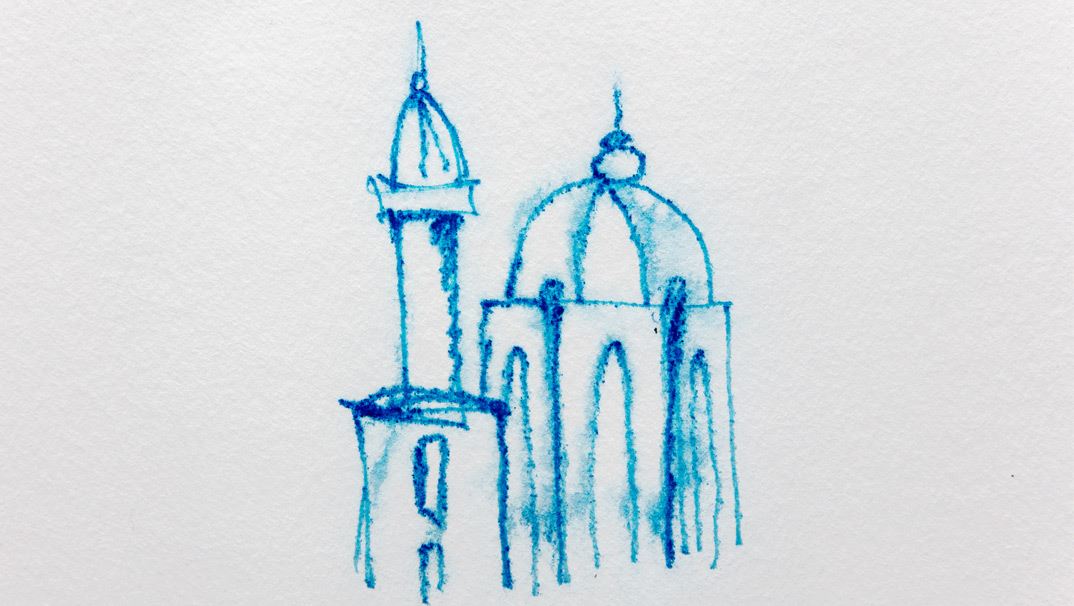
Drawing on wet paper
Salt technique
Producing pigments
You can use either a sandpaper block or a knife to scrape pigments directly from the lead of the coloured pencil onto the paper.
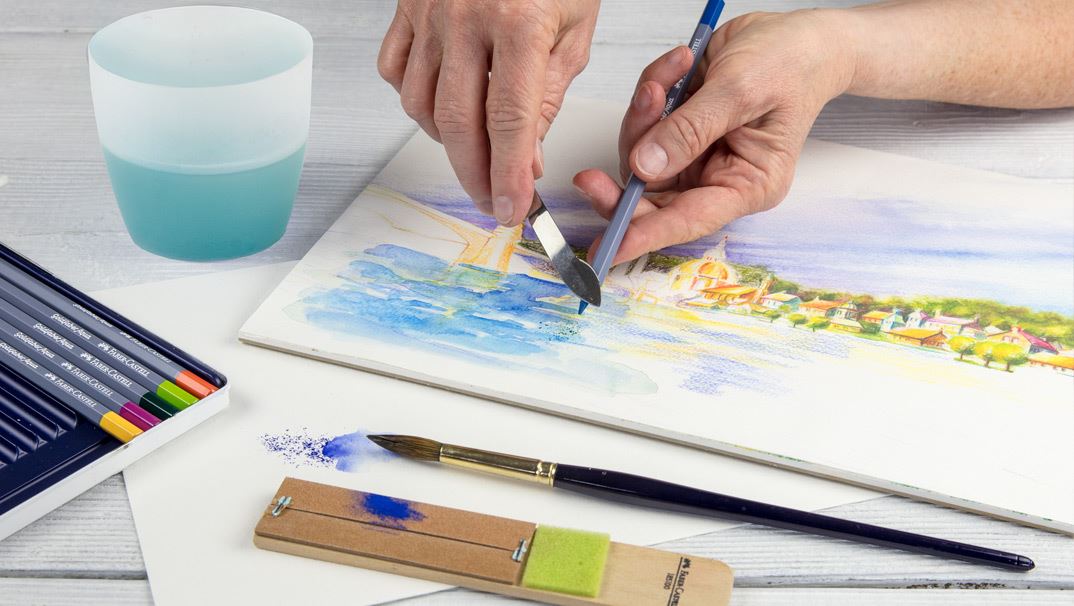
Effects using spray bottle
Sgraffito
